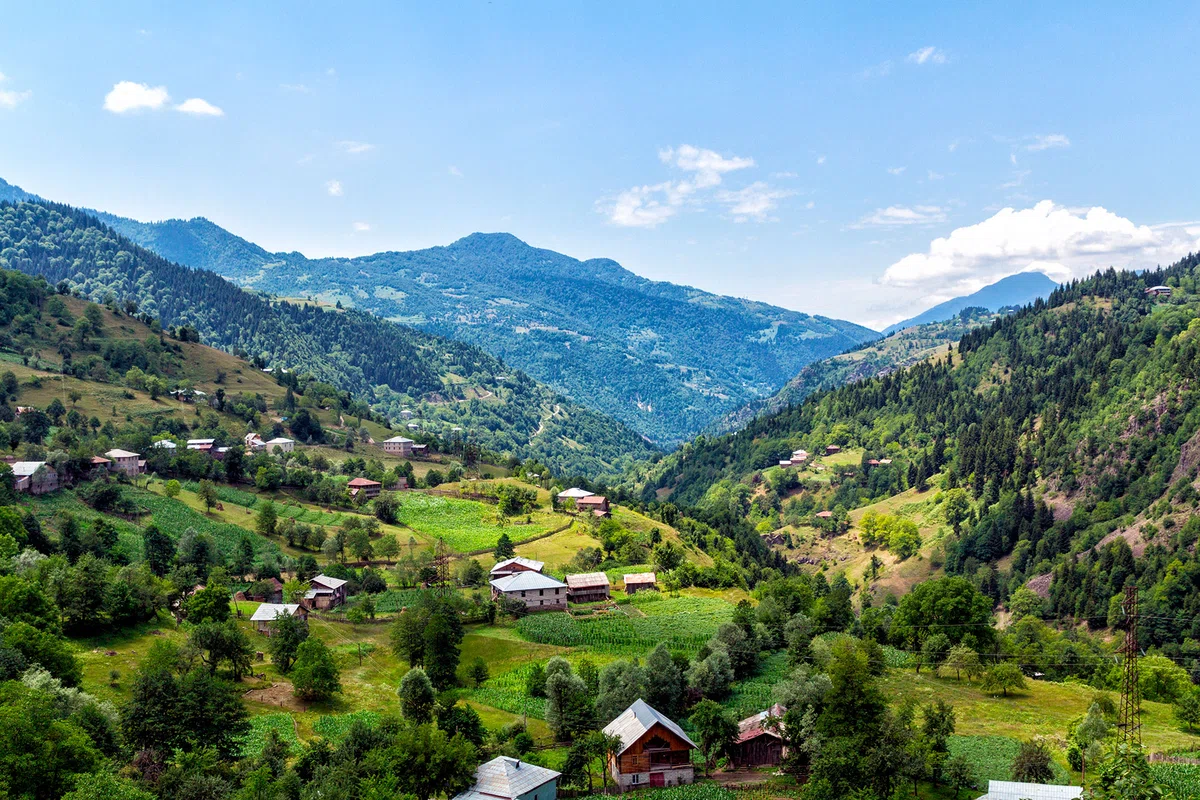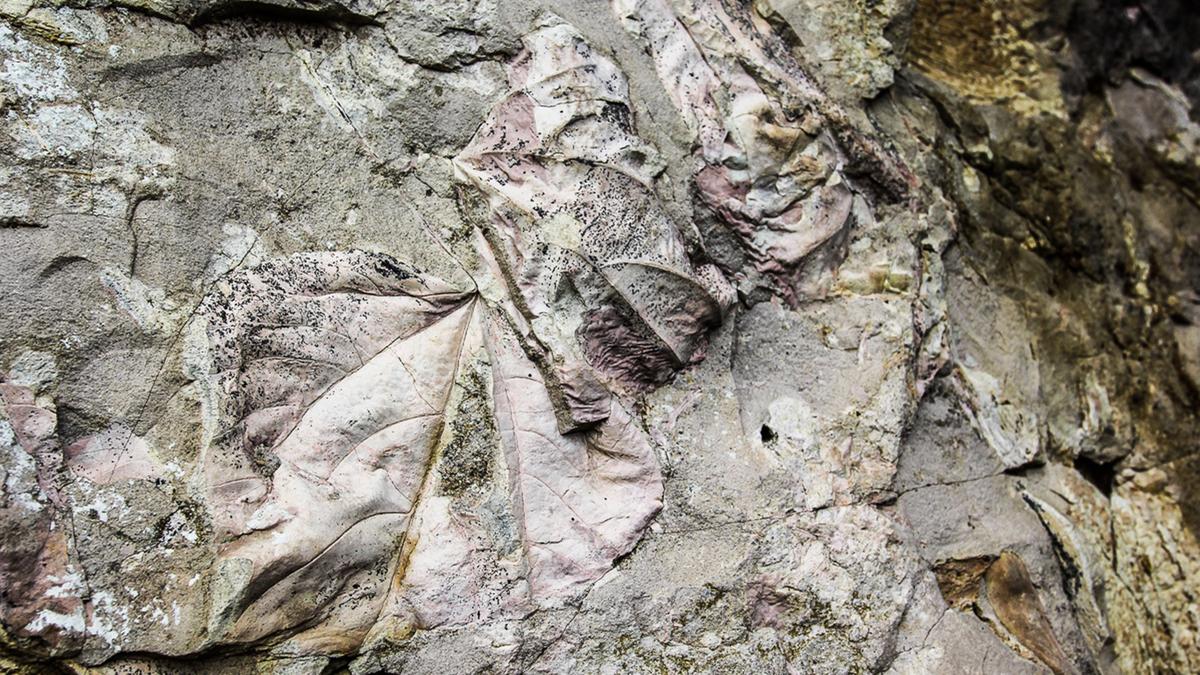
Where to see the whole history of plant development in Georgia. The fossil flora of Goderdzi.
The Goderdzi mountain range consists of volcanic rocks. On the eastern part of the ridge, elements of fossil flora have been found that date back to the Tertiary period. Volcanic ash and lava covered a huge amount of forests. Samples of the fossil flora of this ridge made it possible to establish the most important facts of life at that time.
The fossil flora of Goderdzi is represented near the Goderdzi Pass (at an altitude of 2025 meters above sea level). The pass is located in the southeastern part of Georgia, on the meridian direction of the Arlan ridge.
The geological history of the ridge is associated with underwater volcanism, which is why this ridge, known as the "waters of Goderdzi", consists of volcanic rocks. In the eastern part of the ridge, a unique natural monument in the world was discovered - fragments of fossil flora of the tertiary period.
The fossil flora is associated with volcanism that existed many millions of years ago. Volcanic ash and lava covered a huge tropical forest, in which trees of dozens of species grew. The rainforest shared the fate of Pompeii. Here are the remains of plants from the Lower Pliocene epoch (palm trees, magnolias, laurel, birch, hornbeam, beech, etc.) in the form of petrified and semi-petrified trees, as well as leaf prints.

The fossil flora of Goderdzi is the best example of paleogeography and plant evolution. With its help, it was possible to establish that at that time the climate and plants characteristic of the important tropics dominated the territory of the Caucasus. In the forests there were both evergreen and deciduous trees, thickets of shrubs and lianas, fern-like and herbaceous plants. Currently, there are similar forests in Japan, South America and Australia.













42 comments
Log in to leave a comment